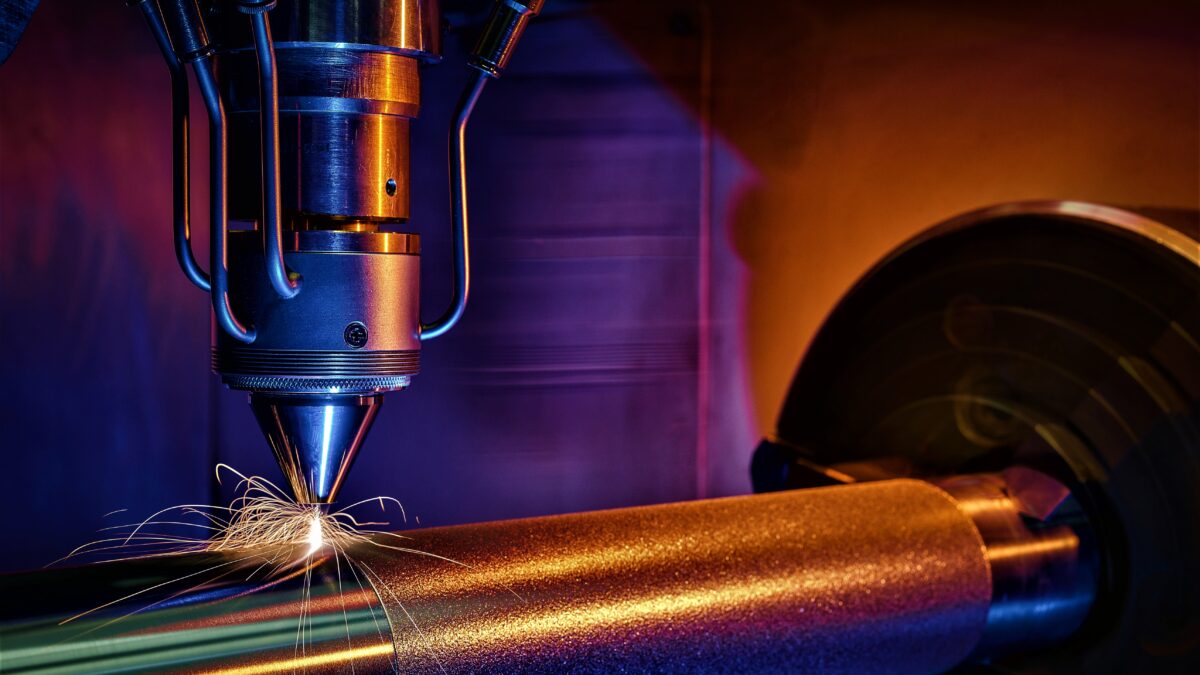PVD Coating: The Secret to Long-Lasting, Durable Tools

The Eco-Friendly choice: How PP Strap Manufacturers are making a difference
April 26, 2023
The Importance of User Experience in Website Designing: A Comprehensive Guide
May 4, 2023At some point, every industry professional has dealt with the frustrations of tools that wear out quickly, corrode easily, or fail to perform as expected. While the quality of materials and construction are certainly factors that influence the durability of tools, another factor that is often overlooked is the coating that is applied to the surface of the tool. In this article, we will explore PVD coating and why it is the secret to long-lasting, durable tools.
What is PVD Coating?
Physical Vapor Deposition coating is a process used to apply a thin film to the surface of a material. The process of PVD coating involves the vaporization of a solid metal or metal alloy in a vacuum environment. The vaporized metal then condenses onto the surface of the tool, forming a thin film that adheres to the surface.
This coating is often used on cutting tools, molds, and dies, as well as on medical and dental instruments. The coating can be applied to a variety of materials, including steel, titanium, and aluminum.
Benefits of physical vapor deposition coating?
The coating offers a number of benefits that make it an attractive option for tool manufacturers and end-users alike. Here are just a few of the benefits of physical vapor deposition coating:
Increased Durability – It forms a hard, wear-resistant layer on the surface of the tool. This layer helps to protect the tool from wear and corrosion, resulting in a longer lifespan for the tool.
Improved Performance – It can also improve the performance of tools. For example, PVD-coated cutting tools have been shown to provide better surface finishes and higher cutting speeds than uncoated tools.
Enhanced Aesthetics – In addition to its functional benefits, It can also enhance the aesthetics of tools. The coating can be applied in a variety of colors, allowing manufacturers to create tools that are not only functional but also visually appealing.
Environmentally Friendly – This type of coating is an environmentally friendly process, as it does not produce hazardous waste or emit harmful chemicals.
How Does PVD Coating Compare to Other Coating Methods?
While there are a number of coating methods available, physical vapor deposition coating is often preferred due to its superior performance and durability. Here are a few ways that it compares to other coating methods:
Electroplating – Electroplating is a common coating method that involves the use of an electric current to deposit a thin layer of metal onto a surface. While electroplating is relatively inexpensive, it does not offer the same level of durability as physical vapor deposition (PVD) coating.
Thermal Spraying – Thermal spraying involves the use of a flame or plasma to melt a metal powder, which is then sprayed onto the surface of the tool. While thermal spraying can be used on a wider range of materials than this coating, it is typically less precise and does not offer the same level of adhesion.
Ion Implantation – Ion implantation involves the use of an ion beam to implant ions into the surface of the tool. While ion implantation can improve the wear resistance of tools, it is typically more expensive than physical vapor deposition coating.
Overall, this coating offers a number of benefits over other coating methods, including increased durability, improved performance, and enhanced aesthetics.
Conclusion
In conclusion, physical vapor deposition coating is the secret to long-lasting, durable tools. The process offers a number of benefits over other coating methods, including increased durability, improved performance, and enhanced aesthetics. Whether you are a tool manufacturer or an end-user. PVD coating is a worthwhile investment that can help to extend the lifespan and improve the performance of your tools.
NEWSLETTER







